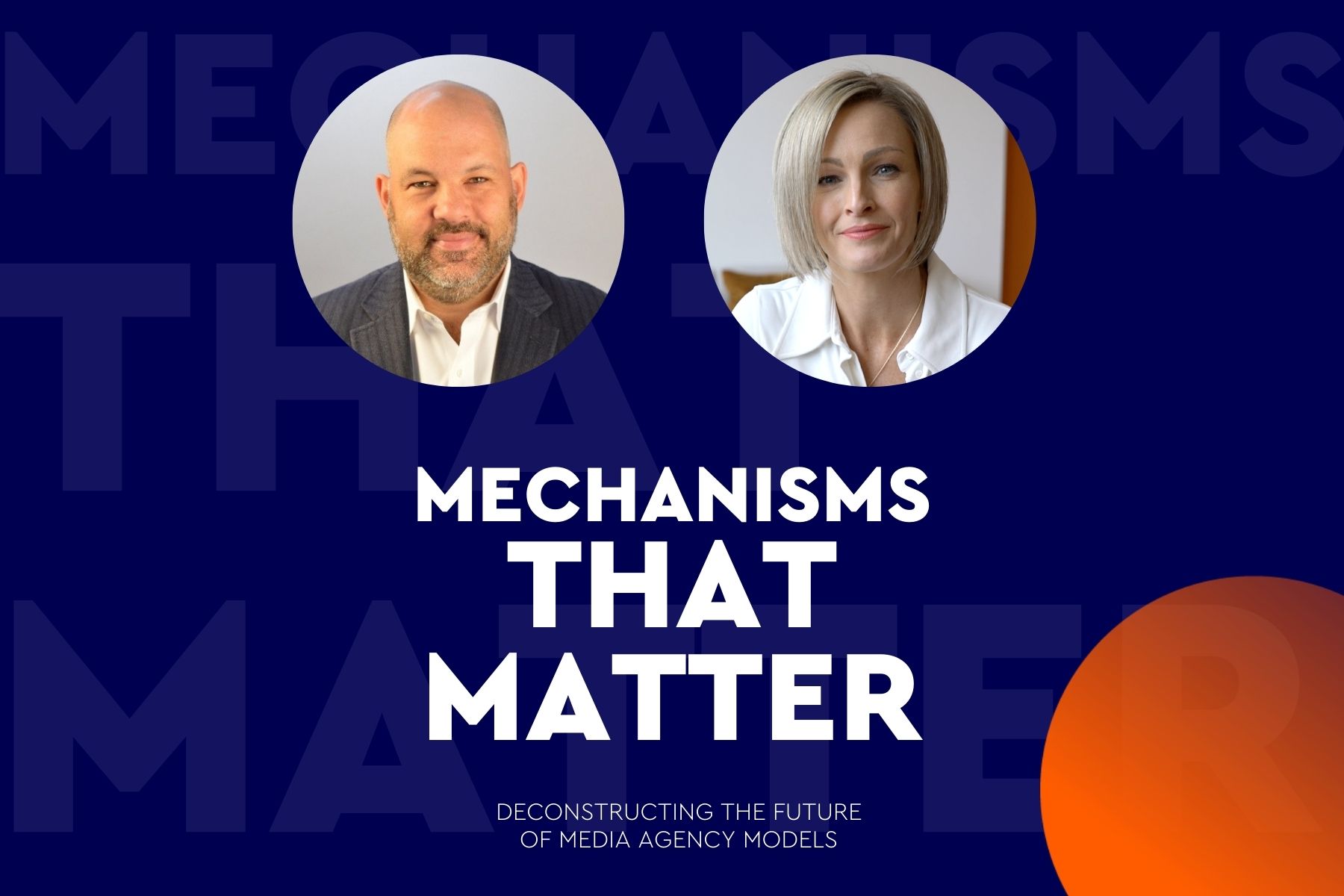
The Behavioural Science Annual
Rory Sutherland on the art of persuasion
There are two great things about behavioural interventions. The first is that they work; the second is that they don’t always work completely, or not in the way we expect. For people obsessed with conceptual neatness and reductionist models of the world, this messiness is a constant source of frustration. I believe it is an under-appreciated virtue of the behavioural approach.
Let’s take one of the examples mentioned in the most recent edition of Ogilvy Consulting’s Behavioural Science Annual: a joint initiative with the Local Government Association (LGA) and Worcestershire County Council (WCC) to reduce fairer charging debt by creating an Effort Index, nudging social-care users to make direct debit payments (page 40). There are many “bad” reasons why someone may not complete a direct debit mandate: they may not find the benefits salient, for instance, or they may not realise that the council prefers you to pay that way. Maybe they’ve never done it before. Or they may be focused on the short term: at the time of deciding, it may be easier to send a one-off payment than to dig out bank details; and so short-term expediency triumphs over long-term ease.
But there are also “good” reasons not to fill in a direct debit. Best of all might be that you don’t have a bank account. Or perhaps your finances are so precarious that you could never be sure in advance that you had funds available to cover the payment. Or perhaps you are secretly planning to skip town and hide out in the Ecuadorian Embassy for the next seven years?
Like all good marketing, behavioural science allows people to make new decisions by presenting choices in a better light. But it does not interfere with people’s basic right to use personal agency to make the best of the situation they are in. Nor does it presume to understand the circumstances of people’s lives better than they do themselves. If you have one good reason to resist a nudge, the nudge doesn’t work. And that’s not a bad thing; it’s a very good thing indeed.
When Richard Thaler wrote Nudge, the working title was Libertarian Paternalism. Since its release, there has been more attention paid to the paternalistic aspects of the idea than to the libertarian ones. But the libertarian aspect is vitally important. In the case study on page 40 (indeed in many of the cases in this report) a lawyer or an economist would devise solutions that are wholly inappropriate or unfair for a large percentage of the sample. An economist might fine people for not completing a direct debit or else subsidise people who do; a lawyer might make direct debits mandatory. In each case they are penalising people who have perfectly sound reasons for dissenting.
Like all good marketing, behavioural science allows people to make new decisions by presenting choices in a better light
Or let’s assume that you charge people much more for running their domestic appliances during the day (when carbon emissions are higher for every kilowatt used). Is this a good idea? Well it would work. But it would be significantly unfair to people who work night shifts, who might be understandably reluctant to leave their appliances running while unattended (indeed it might even be dangerous). It would also be unkind to people in apartments whose bedroom lies beneath their neighbour’s washer-dryer when it launches the spin-cycle at 3am.
On the other hand, if you use persuasion to encourage this behaviour, many people could freely adopt it, but those for whom it was inappropriate could continue as before. Law and economics are blunt instruments by comparison.
The great thing about persuasion is that it works just as far as it should, and then it stops being effective. The end-goal in behaviour change should almost never be a 100% conversion. Even in the case of organ donations, there are people who have perfectly sincere religious objections to the practice. And, in any case, we don’t need 100% of people on the donor register.
I make this point because understanding the upside to the limitations of persuasion is vital if we are to assess accurately the success of any nudge-style intervention. If a benign behaviour previously adopted by 40% of people is, post-nudge, adopted by 60%, how successful have we been? Framed one way, we have increased conversion by 50%, which is significant. But how successful have we been overall? Is our intervention only 33% effective, since we persuaded only one third of the audience to change their minds? I think this understates things. Indeed, if 30% of people have a good reason not to change their behaviour, I would argue that we have been 66% effective, since two thirds of the remaining 30% pre-nudge who can and should adopt a new behaviour have now done so. And (unlike a typical solution proposed by lawyers or economists) we have imposed no unfair penalties or coercion on people who are perfectly justified in continuing what they did before.
In short, we are in danger of forgetting that libertarianism has a value alongside paternalism: an intervention shouldn’t be judged solely by those people whose behaviour it changes; it should also be valued for the people whom it leaves free not to change.
published on
19 November 2019
Category
More in Communications

Rebranding cancer: how brands heal and hurt
Along with consumer brands, the ‘brand’ of condition or event influences us.

Mechanisms that Matter – Inside WPP | Ford’s revolutionary marketing model
How a process created on the factory floor over 70 years ago has transformed ops for the auto giant

How to build your brand in-game
A new research report from WPP and SuperAwesome

